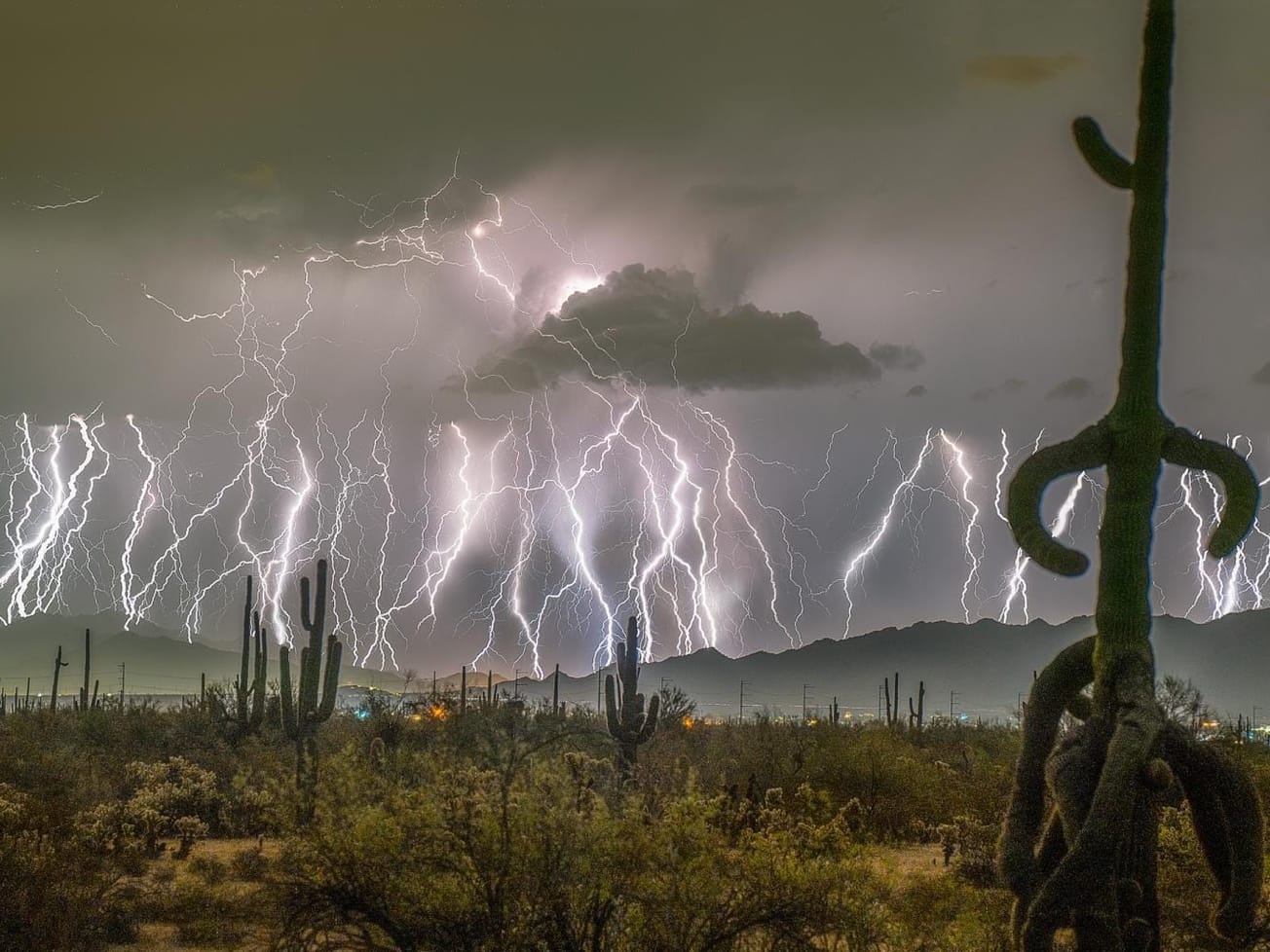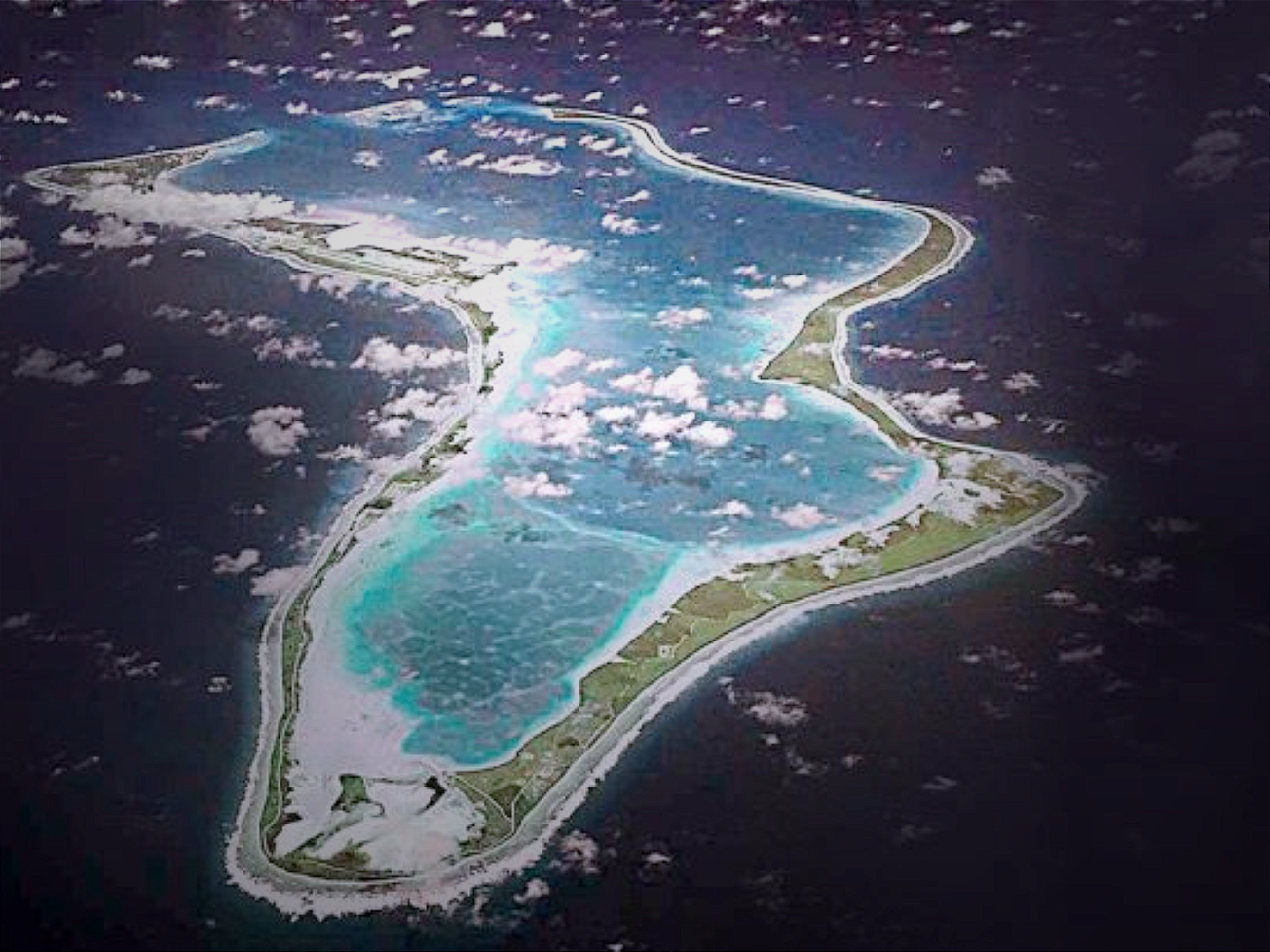GENEVA (AN) — A notorious storm hotspot in the United States set a new world record for an exceptionally long lightning discharge known as a megaflash, the U.N. weather agency announced.
The longest lightning flash on record occurred in Oct. 2017, spreading for an "incredible" 829 kilometers (515 miles) from eastern Texas to near Kansas City, according to the World Meteorological Organization.









